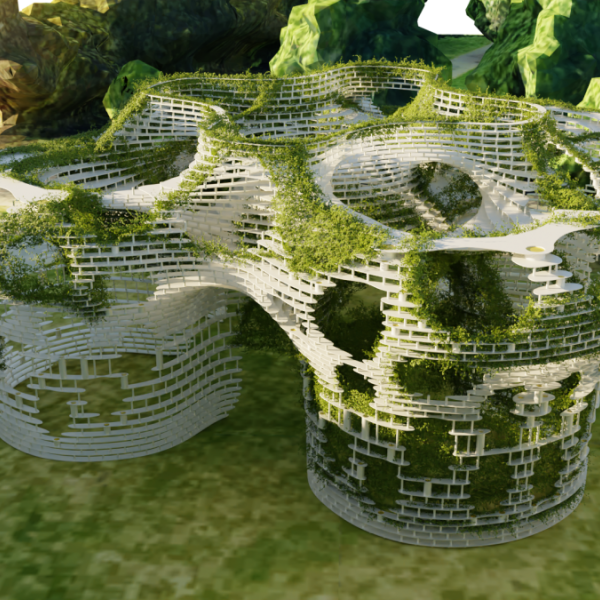Sustainable Architecture
Sustainable architecture, is an architectural practice focused on designing buildings that have minimal environmental impact, promote energy efficiency, and provide a healthy living environment. It emphasizes the responsible use of resources throughout the lifespan of a building, from its design and construction to its operation and eventual demolition.
Core components explained further:
1.Renewable Energy Integration: Sustainable buildings often incorporate renewable energy sources like solar, wind, or geothermal energy. This can significantly reduce dependency on non-renewable energy and decrease carbon emissions.
2.Efficient Use of Resources: This includes designing buildings to use less water, energy, and materials. Techniques might include high-efficiency heating and cooling systems, LED lighting, and water-saving plumbing fixtures.
3.Sustainable Building Materials: Architects choose materials based on sustainability criteria such as durability, recyclability, and low environmental impact. Examples include using reclaimed wood, recycled glass and plastics, and locally sourced materials to reduce transportation impacts.
4.Design for Reduced Environmental Impact: Sustainable architecture seeks to minimize the impact on the site's natural features and biodiversity. This can involve preserving existing landscaping, restoring damaged ecosystems, and using non-invasive plants.
5.Indoor Environmental Quality Improvement: This aspect focuses on creating a healthy indoor environment by using materials that emit minimal pollutants, maximizing natural daylight, and enabling adequate ventilation. Good indoor environmental quality is crucial for occupants' health and well-being.
6.Adaptability and Durability: Designing buildings to be adaptable to different uses and capable of withstanding environmental changes reduces the need for future resource-intensive renovations or reconstructions. By applying these principles, sustainable architecture aims not only to reduce the carbon footprint and environmental impact of building projects but also to create aesthetically pleasing and livable spaces that enhance occupant satisfaction and health.



